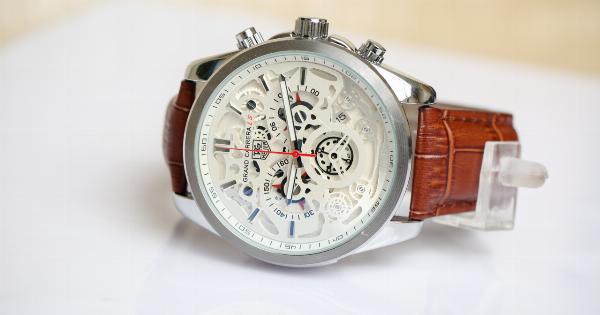Communication is a fundamental aspect of human interaction, helping us convey our thoughts, feelings, and intentions. However, not all communication is honest and truthful.
Dishonesty in communication can have significant consequences, leading to misunderstandings, broken relationships, and even legal implications. In this article, we will explore some common indicators of dishonesty in communication and how to recognize them.
1. Inconsistencies in Verbal and Non-Verbal Cues
One of the most apparent indicators of dishonesty is inconsistencies between verbal and non-verbal cues. When someone is being dishonest, their words may not align with their body language.
For example, a person claiming to be fine while displaying signs of anxiety or discomfort through fidgeting, sweating, or avoiding eye contact could be concealing the truth.
2. Excessive or Unnecessary Defensiveness
Individuals who are being dishonest often become excessively defensive when questioned or challenged. They may overreact, deflect blame, or become agitated as a way to avoid revealing the truth.
This defensiveness can manifest in various forms, such as anger, raised voices, or unwillingness to discuss the subject further.
3. Lack of Specific Details or Vague Responses
When someone is being dishonest, they tend to provide vague or evasive answers to avoid getting caught in a lie. They may avoid offering specific details or provide ambiguous responses that do not directly address the question at hand.
This lack of clarity can be an indicator of deception.
4. Inconsistencies in Storytelling
Dishonest individuals may struggle to maintain consistency in their storytelling. As they try to fabricate or manipulate the truth, different versions of events may emerge over time.
Paying attention to inconsistencies in their narratives or contradictory statements can help identify dishonesty in communication.
5. Avoidance of Direct Eye Contact
Eye contact is often considered an essential aspect of honest communication. However, individuals who are being dishonest may consciously or unconsciously avoid direct eye contact.
They may feel uncomfortable facing scrutiny or fear that their deception will be revealed through eye contact.
6. Unusual Body Language
Dishonesty in communication can be accompanied by unusual or unnatural body language. This can include excessive hand gestures, crossing arms as a defensive posture, or involuntary movements like foot tapping or body swaying.
These signs indicate discomfort and internal struggle, revealing potential deception.
7. Microexpressions of Emotion
Microexpressions are brief, involuntary facial expressions that reveal genuine emotions. Dishonest individuals may display subtle microexpressions that contradict their spoken words.
For instance, a fleeting smile or a momentary expression of fear may betray their true feelings, indicating dishonesty.
8. Lack of Empathy or Emotional Disconnect
Dishonest individuals may exhibit a lack of empathy or emotional disconnect when discussing the subject of deception. They may appear detached, unaffected, or display inappropriate emotional responses.
This emotional disconnect can be an indicator that they are not being truthful.
9. Inability to Recall Information
Individuals who are being dishonest often struggle to recall specific information accurately. They may claim memory lapses or provide vague explanations when asked about crucial details.
This inability to recall information may indicate fabrication or deception.
10. Behavioral Changes and Vocal Cues
Dishonesty can result in noticeable changes in an individual’s behavior and vocal cues. They may become excessively nervous, speak rapidly or stammer, or exhibit signs of discomfort such as throat clearing or swallowing excessively.
These changes suggest that they are withholding or distorting the truth.
Conclusion
Recognizing indicators of dishonesty in communication can enable us to navigate interactions more effectively and make informed judgments about the credibility of others.
By paying attention to verbal and non-verbal cues, inconsistencies in storytelling, behavioral changes, and emotional disconnect, we can become more adept at identifying dishonesty. However, it is important to remember that these indicators are not foolproof, and context should be considered before drawing conclusions about someone’s honesty or integrity.































